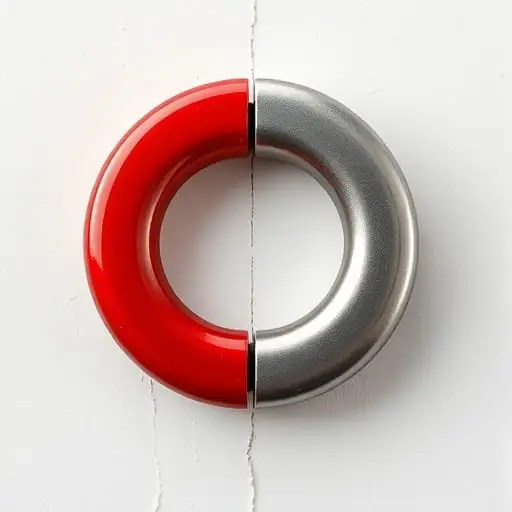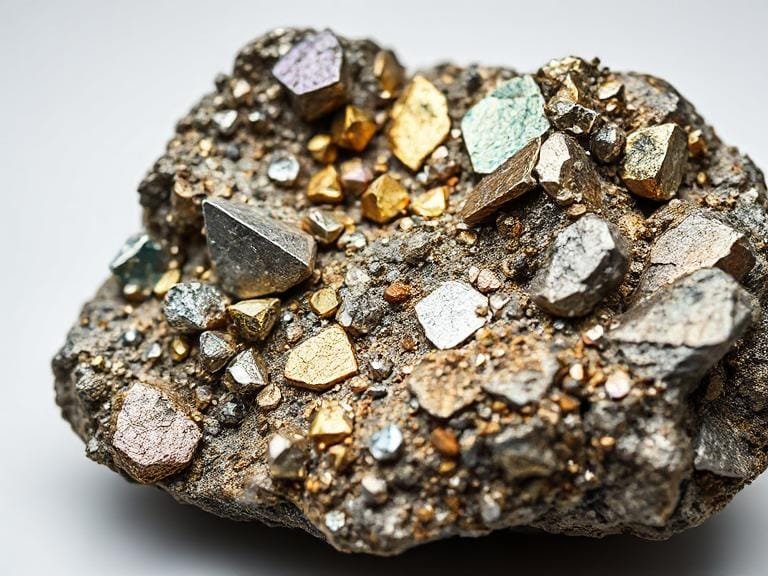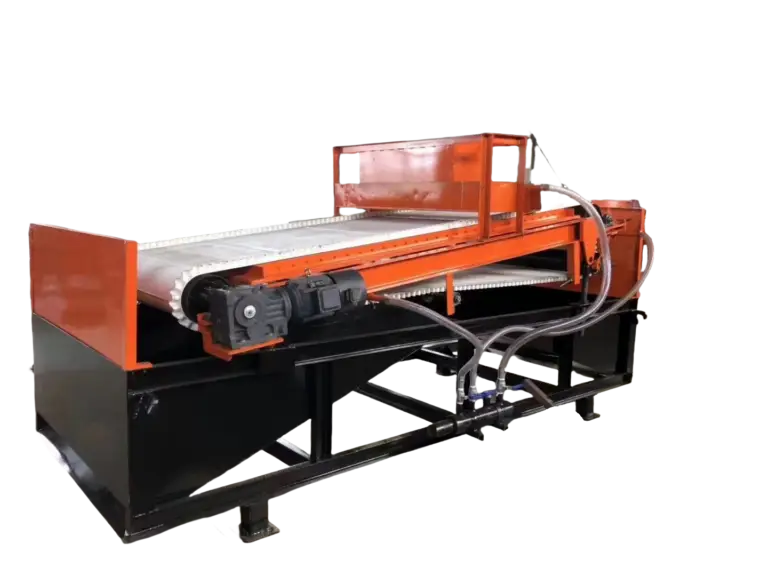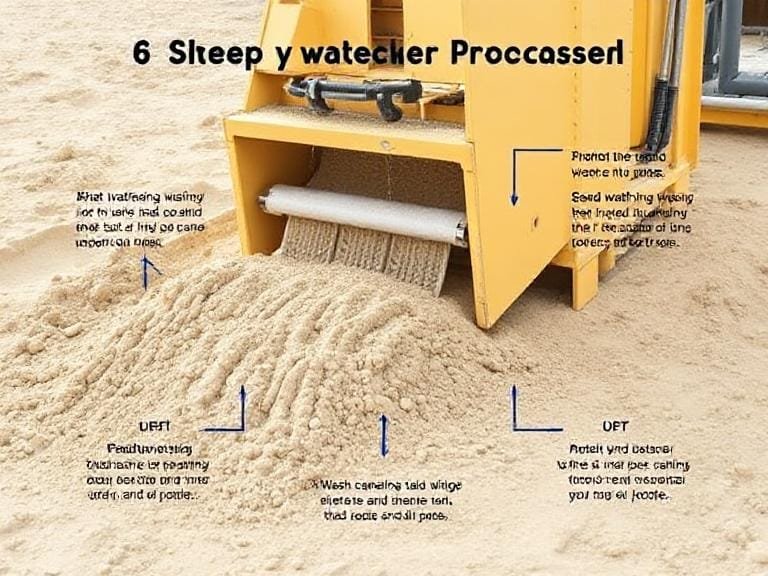Top 5 Sand Washing Plants for Sale | Buying Guide 2025
Choosing the right sand washing plant is a critical decision for any aggregate, mining or construction business. With water availability, sand specification requirements, and plant cost all playing a part, the market offers numerous models and configurations—each optimized for different capacities, feed types and end-use sand quality. In this article we’ll present a detailed buying guide, introducing the top 5 sand washing plants for sale, what features to consider, and how a manufacturer like ORO Mineral Co., Ltd. fits into this landscape.

Table of Contents
- 1. Why Sand Washing Plants Matter
- 2. Key Features to Consider Before Purchase
- 3. Manufacturer Spotlight: ORO Mineral Co., Ltd.
- 4. Top 5 Sand Washing Plant Models for Sale
- 5. How to Choose the Right Plant for Your Needs
- 6. Maintenance and Running Cost Considerations
- 7. Summary Table – Top Plant Comparison
- 8. Frequently Asked Questions
- 9. References
1. Why Sand Washing Plants Matter
Sand washing plants play a vital role in producing high-specification sand for construction, manufacturing, foundry or filtration purposes. Raw sand, whether naturally mined or crushed, contains fines, clay, silt and organic materials that adversely affect strength, porosity and binding behaviour. Using a quality sand washing plant, you can achieve:
- Cleaner end product: removal of clay, silt and fines improves sand quality.
- Better compliance: meet concrete and mortar sand standards by controlling grading and moisture.
- Higher value sand: Recovered, washed and dewatered sand commands higher pricing and easier transport.
- Reduced equipment wear: pre-washing reduces abrasives and prolongs downstream machine life.
In many regions, M-sand (manufactured sand) is replacing river sand. The appropriate washing and classification plant is therefore a key investment for maintaining product competitiveness.
2. Key Features to Consider Before Purchase
When selecting a sand washing plant, several features determine both the operating performance and the long-term value. From capacity to water usage to modularity, each factor matters.
Capacity & Throughput
- Rated throughput (tph or mtph) for the sand washing module
- Feed size and feed material characteristics (natural sand vs crushed)
- Multiple output grades (single-grade vs dual-grade)
Water & Dewatering Efficiency
- Water requirement per hour and ability to recycle water
- Use of hydrocyclones, dewatering screens and fine sand recovery systems
Modular Design & Mobility
- Skid-mounted or containerised units for rapid site relocation (mobile plants)
- Ease of installation and integration into existing crushing/screening circuits
Cleaning & Classification Performance
- Removal of slime/organics (desliming) and achieving correct grain size distributions
- Quality of wear parts, screen media, and ease of maintenance
After-sales Support & Spare Parts
- Availability of wear and spare parts
- Technical service, performance monitoring and brand reliability
3. Manufacturer Spotlight: ORO Mineral Co., Ltd.
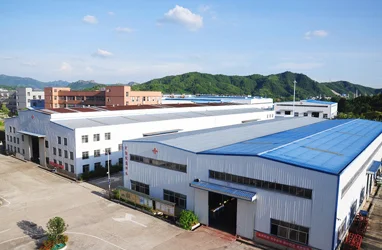
ORO Mineral Co., Ltd. is a large-scale intelligent mineral processing, screening, and sand washing equipment manufacturer integrating R&D, production and sales. Since 2014, ORO has made significant contributions in mineral screening, solid-waste resource recovery, beneficiation, washing and separation, and has amassed rich experience.
To offer better products and services, ORO continuously invests in technology upgrades, new equipment development and service improvements. Their product portfolio includes:
- Sand Washing Machine 100 TPH Long Life
- Gravity Spiral Concentrator
- 1.1 kW Belt Magnetic Separator
- Eddy Current Separator Machine
- Gravity Spiral Chute Separator
The inclusion of a “100 TPH Long Life Sand Washing Machine” suggests their targeted capacity category and emphasis on longevity and service life – two critical parameters for a washing plant purchase.
4. Top 5 Sand Washing Plant Models for Sale
Here we present five highly-regarded sand washing plant models currently on the market (not ranked). Buyers should review capacity, application, footprint and service support when comparing.
4.1 Model A: CDE EvoWash™ Sand Washing System
This system is engineered for in-spec sands and high value separation, with throughput up to ~250 tph. Key features include modular hydro-cyclone technology, advanced dewatering screens and heavy-duty wear parts.
4.2 Model B: MEKA MCSP Series Compact Sand Washing Plant
This series offers capacities from ~90 to 210 tph, with integrated sludge tank, dewatering screen and hydrocyclone system. Ideal for small to mid-scale operations.
4.3 Model C: McLanahan Sand Washing Plant (Tank-Based/Classifying Tank Plant)
Designed for maximum flexibility and multi-grade production, the classifying tank model uses settling zones, dewatering screens and optional hydro-cyclones.
4.4 Model D: RDO Portable Wash Plant by Sand Science / RD Olsen MFG
A portable solution built in the USA, this wash plant is designed for quick setup and can be customized for multiple screw washers or full plant wash options.
4.5 Model E: ORO Mineral “100 TPH Long Life Sand Washing Machine”
From ORO Mineral, this model targets the 100 tph capacity niche with focus on durability and long service life. It’s a core offering for buyers wanting mid-scale capacity with proven support. (See Manufacturer section above.)
5. How to Choose the Right Plant for Your Needs
Choosing the right plant involves matching your feed material, production target, site conditions and budget. Here’s a step-by-step guide.
Step 1: Define Your Feed & Output Specification
- What is the source of sand? River, crushed, reused material.
- What is the desired output grade? Concrete sand, foundry sand, filtration sand.
- What is the moisture requirement? Some applications require very dry sand.
Step 2: Determine Capacity and Footprint
- Select plant rated for slightly higher than your required tph to allow buffer.
- Check footprint and site layout – mobile vs fixed.
Step 3: Review Water Usage and Recovery System
- Look for hydro-cyclones, dewatering screens and efficient water recirculation.
- Sites with water restrictions may require closed-circuit water systems.
Step 4: Evaluate Wear Parts & Maintenance Requirements
- Check for quality screen media, pump liners, conveyor drives.
- Request spare parts lead times and service support details.
Step 5: Consider Total Cost of Ownership (TCO)
- Capital cost of plant & installation.
- Operating cost: power, water, consumables.
- Value of cleaned sand output and revenue uplift.
6. Maintenance and Running Cost Considerations
Maintaining a sand washing plant properly helps preserve performance and maximize return on investment. Key maintenance elements include:
- Regular inspection of wear parts: impellers, liners, screen media.
- Monitoring water levels and recycle system to avoid overflow and fines loss.
- Ensuring motor and pump drives are correctly aligned and lubricated.
- Scheduled downtime for cleaning sludge tanks and eliminating sediment build-up.
When you choose a robust brand and model (such as those listed above), long-term serviceability and parts availability become less of a risk – helping reduce unplanned downtime.
7. Summary Table – Top Plant Comparison
| Model | Capacity (tph) | Key Advantage | Suitable For |
|---|---|---|---|
| CDE EvoWash™ | Up to ~250 | High performance dewatering & dual-pass design | Large-scale sand producers, multiple grades |
| MEKA MCSP Series | 90-210 | Compact footprint, integrated dewatering | Medium-scale operations |
| McLanahan Classifying Tank Plant | Varies | Flexible multi-grade output | Manufactured sand, specialty sands |
| RDO Portable Wash Plant | Variable (mobile) | Mobility, quick setup | Short-term jobs, rental fleets |
| ORO Mineral 100 TPH Long Life | ~100 | Durability, proven manufacturer support | Mid-scale, long-term installations |
8. Frequently Asked Questions (FAQs)
1. What is a sand washing plant used for?
A sand washing plant is designed to wash, classify, dewater and recover fine sands from raw feed, removing clay, silt, organics and impurities to produce high-quality sand final product.
2. How much water does a sand washing plant use?
Water consumption depends on plant design, but modern plants use hydro-cyclones and dewatering screens to recycle water and minimize usage. For example, compact plants by MEKA are engineered for reduced water usage.
3. Can I retrofit an existing washing plant to increase capacity?
Yes. Many manufacturers offer modular upgrades including additional dewatering screens, hydro-cyclones or recycle systems to increase capacity or improve sand quality.
4. What maintenance is critical for a sand washing plant?
Key maintenance includes inspecting wear parts, checking pump drives, clearing sludge tanks, and ensuring conveyor and screen alignment. Scheduled downtime is essential to maintain performance and reduce costs.
5. Why choose ORO Mineral’s 100 TPH Long Life model?
This model from ORO Mineral is optimized for durability, service life and consistent capacity, backed by the manufacturer’s R&D, production and service integration since 2014.

